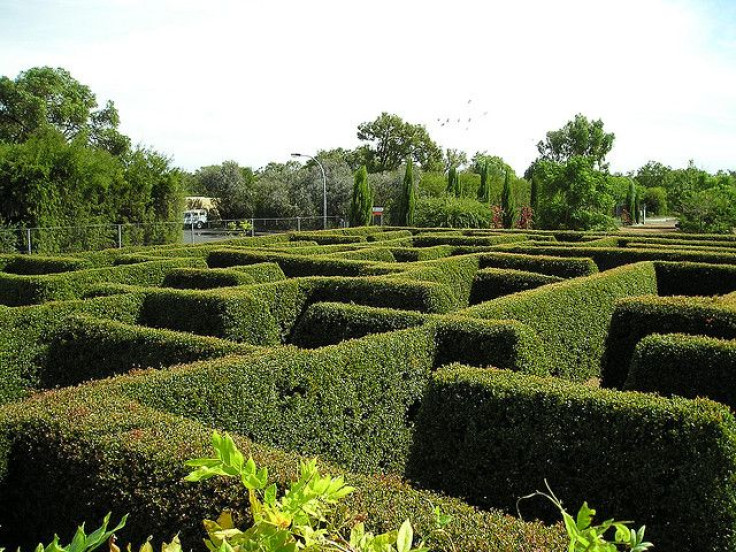Where Are Positive Memories Stored? New Research Probes The Relationship Between Mind And Brain

Memories, it would seem, are not necessarily created equal. A new study from the Nencki Institute of Experimental Biology suggests that favorable experiences and positive impressions are stored in a particular part of the brain. According to the researchers, the findings shed new light on the formation and classification of memories, as well as the distinction between mind and brain.
Published in the Journal of Neuroscience, the findings suggest that pleasant memories are filed in the central nucleus of a brain region known as the amygdala – a structure associated with emotional reactions like fear and laughter. Lead researcher Leszek Kaczmarek believes that this discretion exemplifies the complex interaction between conscious mental abilities and subconscious cerebral processes.
"We want our research to help us understand the relation between the mind and the brain by studying memory, which is of fundamental importance for the mind,” he said in a press release. “Without memory there is no mind."
Although neurobiologists differentiate between many different types of memories, experimental results are notoriously difficult to obtain. This is because very few people feel comfortable participating in a study involving their own memory. Fortunately, these mental processes can be observed in other species as well.
Using mice, Kaczmarek and his colleagues were able to build on existing research into MMP-9 – an enzyme associated with learning activity. In an experiment, subjects were conditioned to prefer one water bottle over another. Their cages were fitted with a favorable bottle of sweet water and an unfavorable decoy designed to administer a harmless but unpleasant puff of air. While control subjects nailed the distinction in a matter of days, mice without the enzyme showed no preference, as they could not generate the positive association. Identical results obtained when the enzyme suppression was limited to the amygdala.
“Pleasant experiences are memorized due to changes in plasticity within the neurons of the central nucleus of the amygdala,” Kaczmarek explained. “At the same time we have shown that just one protein, the MMP-9, is responsible for learning about pleasant experiences themselves and memorizing them.”
Now you know where to look.
Source: E. Knapska, V. Lioudyno, A. Kiryk, M. Mikosz, T. Gorkiewicz, P. Michaluk, M. Gawlak, M. Chaturvedi, G. Mochol, M. Balcerzyk, D. K. Wojcik, G. M. Wilczynski, L. Kaczmarek. Reward Learning Requires Activity of Matrix Metalloproteinase-9 in the Central Amygdala. Journal of Neuroscience, 2013; 33 (36)



























